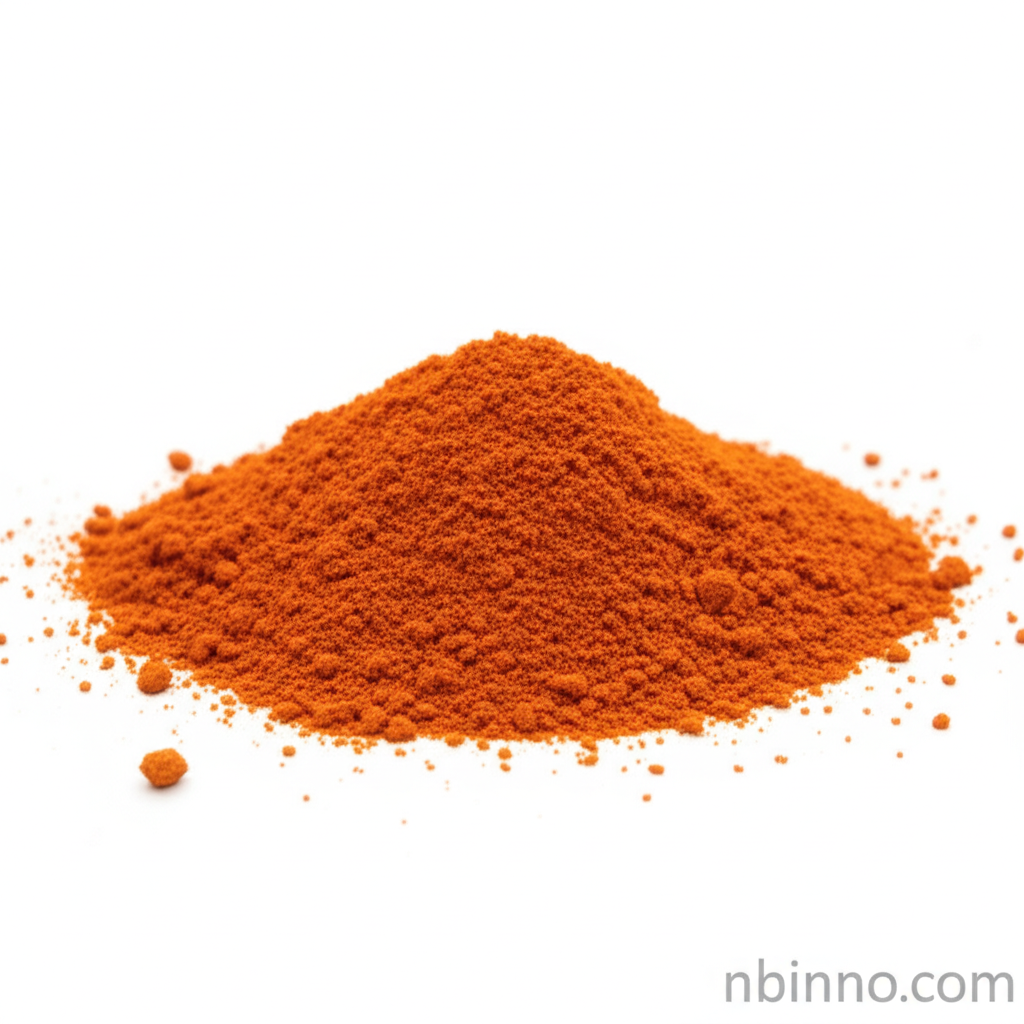Understanding 5-Amino-8-Quinolinol Dihydrochloride: Synthesis, Properties, and Diverse Applications
Explore the comprehensive profile of 5-Amino-8-Quinolinol Dihydrochloride, a key player in pharmaceutical intermediates and advanced chemical applications.
Get a Quote & SampleProduct Core Value

5-Amino-8-Quinolinol Dihydrochloride
This compound is recognized for its significant role in pharmaceutical synthesis and its robust chelating properties. It is instrumental in the precise determination of metal ions, making it a vital tool in analytical chemistry. Its structural characteristics also lend themselves to the development of novel antimicrobial agents and fluorescent probes, underpinning its versatility.
- Leverage the power of 5-amino-8-quinolinol dihydrochloride pharmaceutical intermediate for your drug development pipelines.
- Utilize its superior chelating agent properties for accurate metal ion determination in complex samples.
- Explore the potential of 8-hydroxyquinoline derivatives applications in creating next-generation therapeutics.
- Streamline your chemical synthesis processes with this reliable pharmaceutical intermediate.
Key Advantages Offered
Pharmaceutical Synthesis Excellence
As a critical pharmaceutical intermediate, its well-defined structure and high purity, often exceeding 98%, ensure reliable outcomes in complex synthesis pathways, contributing to the efficacy of final drug products.
Precision in Analytical Chemistry
The compound's strong chelating capabilities make it an exceptional choice for quantitative metal ion detection, enabling sensitive and accurate analyses crucial for environmental monitoring and quality control.
Broad Antimicrobial Potential
Research into its antimicrobial activity highlights its potential for developing new treatments. Its structural relation to 8-hydroxyquinoline derivatives suggests a broad spectrum of efficacy against various pathogens.
Key Applications
Pharmaceutical Intermediates
This compound serves as a crucial building block in the synthesis of various active pharmaceutical ingredients, supporting the creation of new medicines and therapies.
Analytical Reagent
Its chelating properties are exploited in analytical chemistry for the precise detection and quantification of metal ions, vital for environmental science and industrial quality assurance.
Antimicrobial Drug Development
The compound shows promise in research aimed at discovering and developing new antimicrobial agents to combat resistant bacterial strains.
Medicinal Chemistry Research
It is a subject of study for its potential in treating neurodegenerative diseases and as a fluorescent probe for biochemical assays, expanding the frontiers of medical science.
